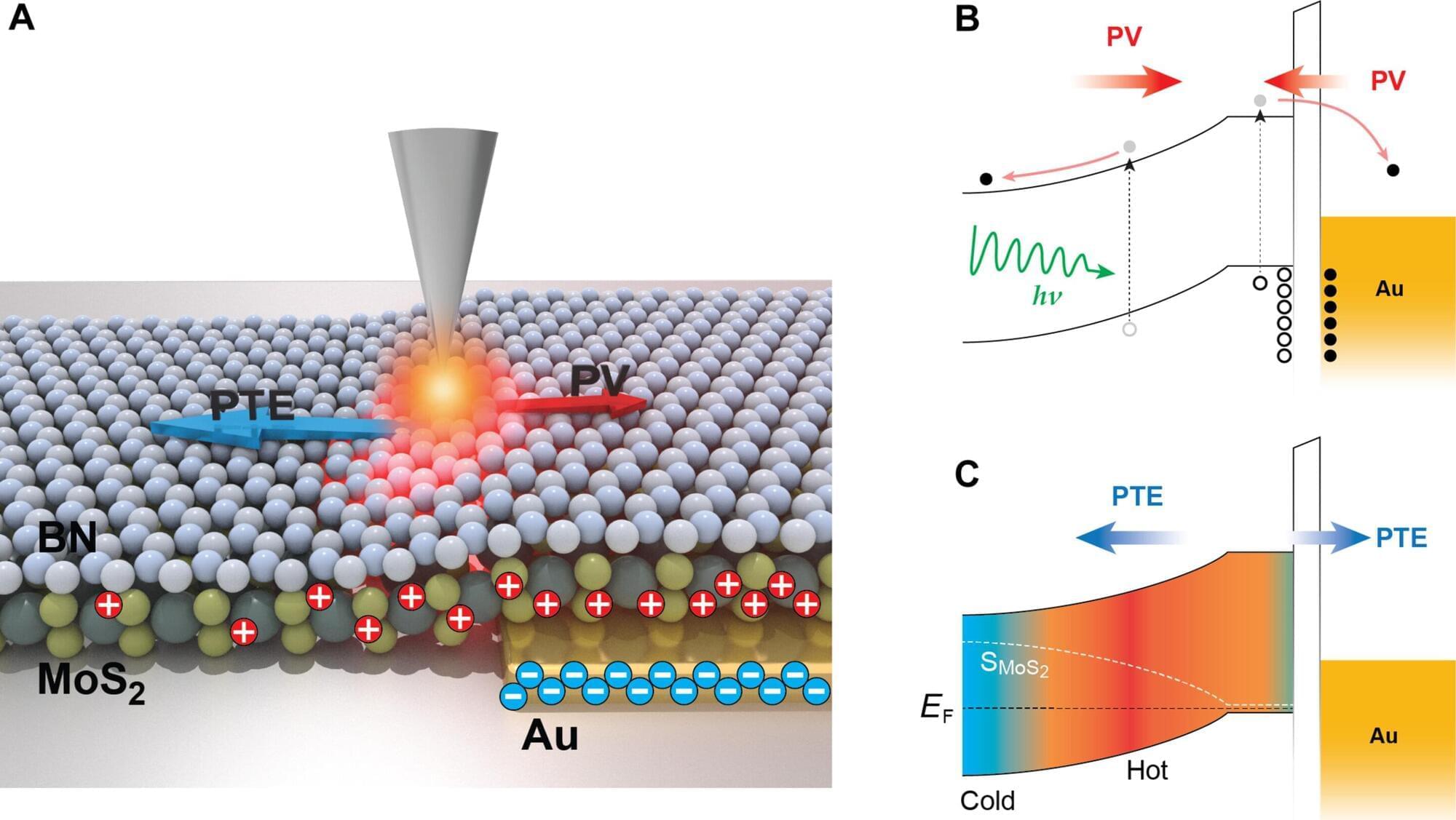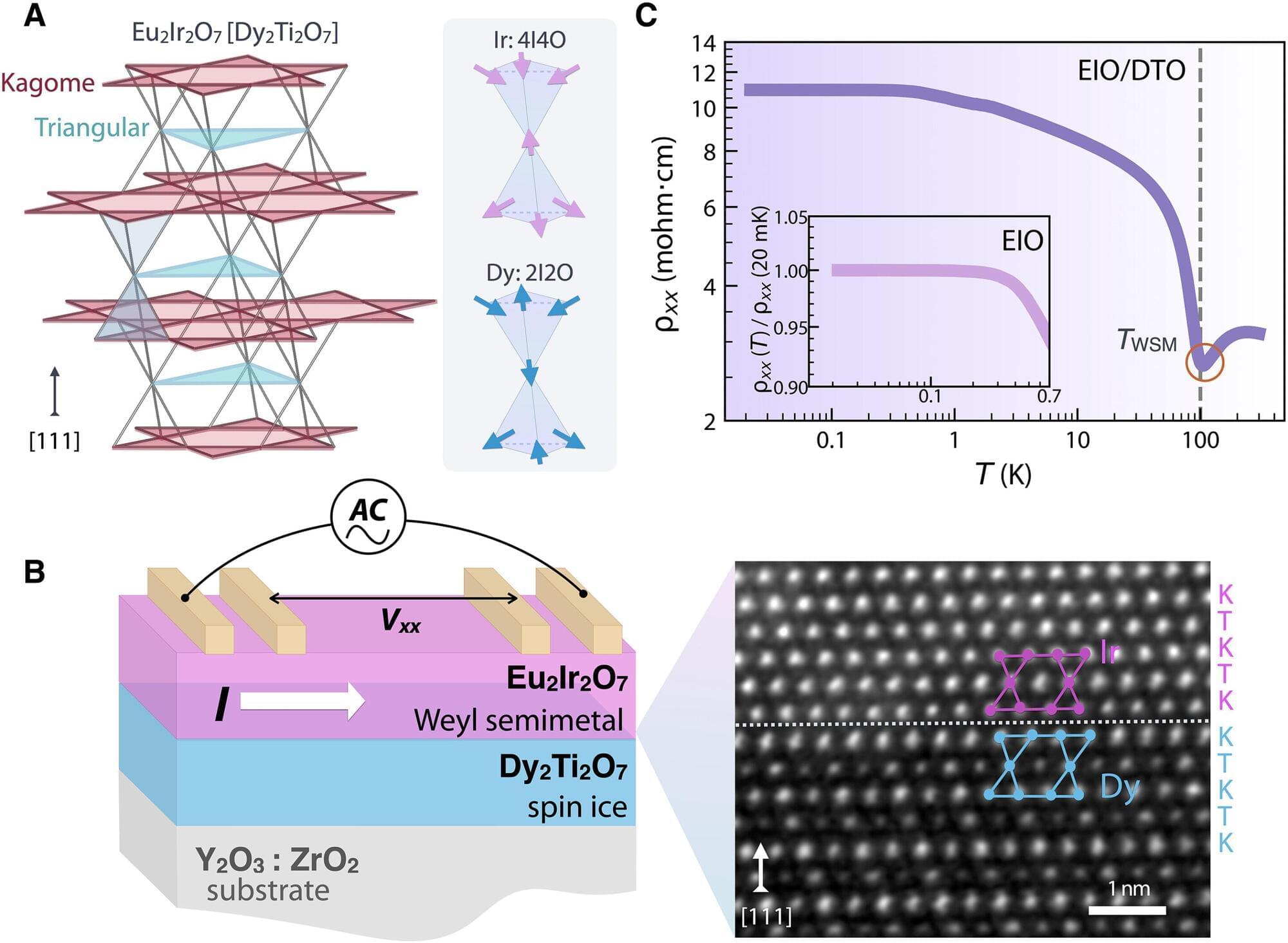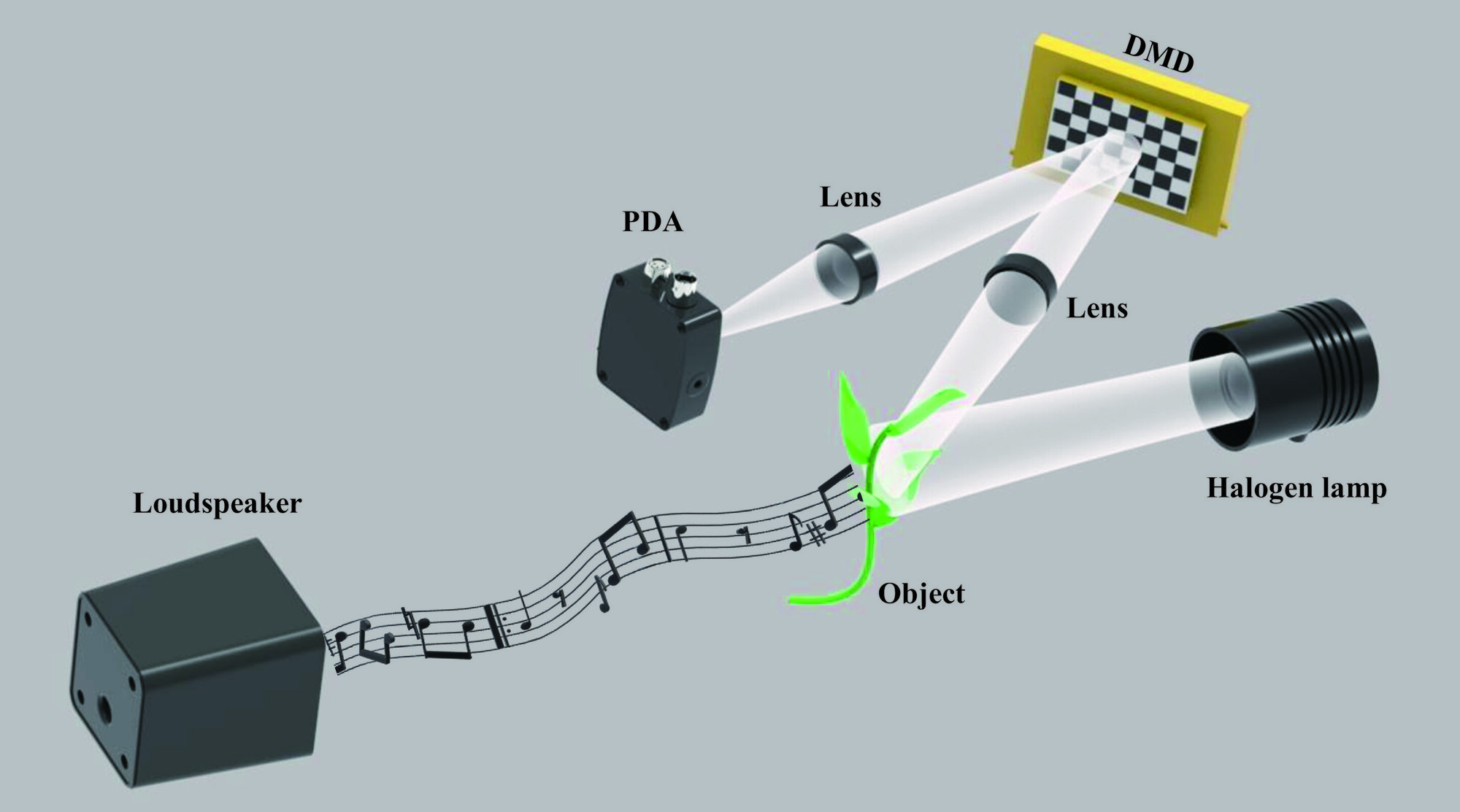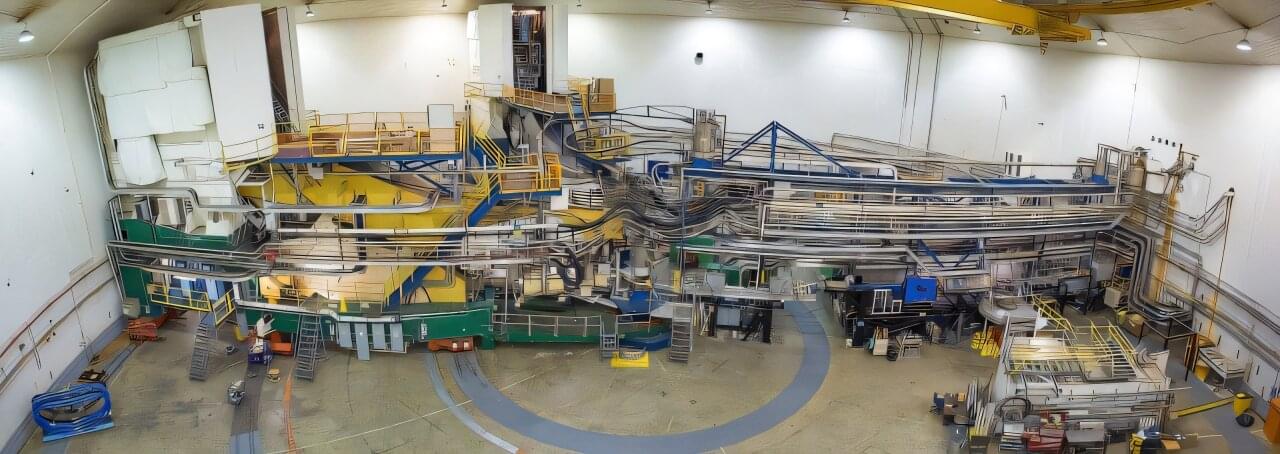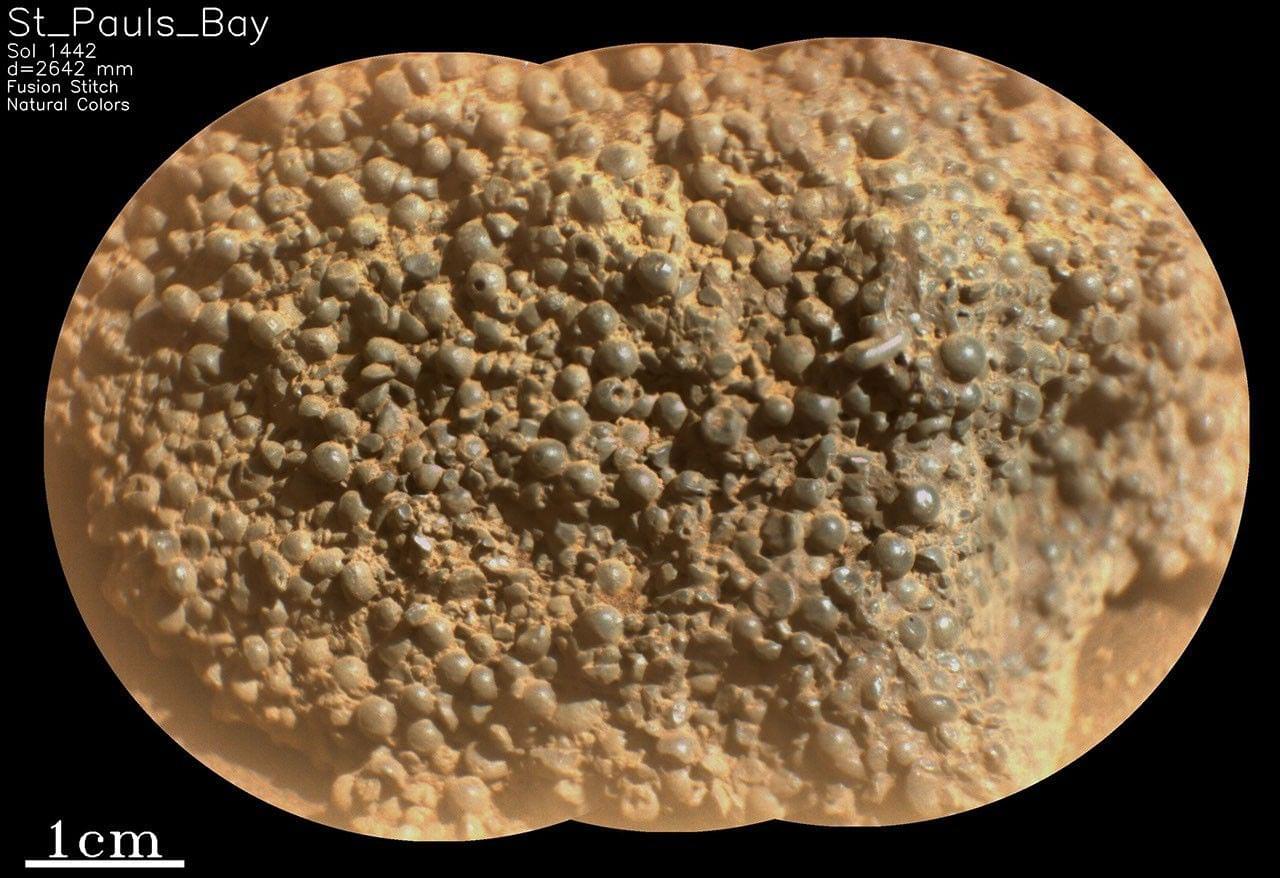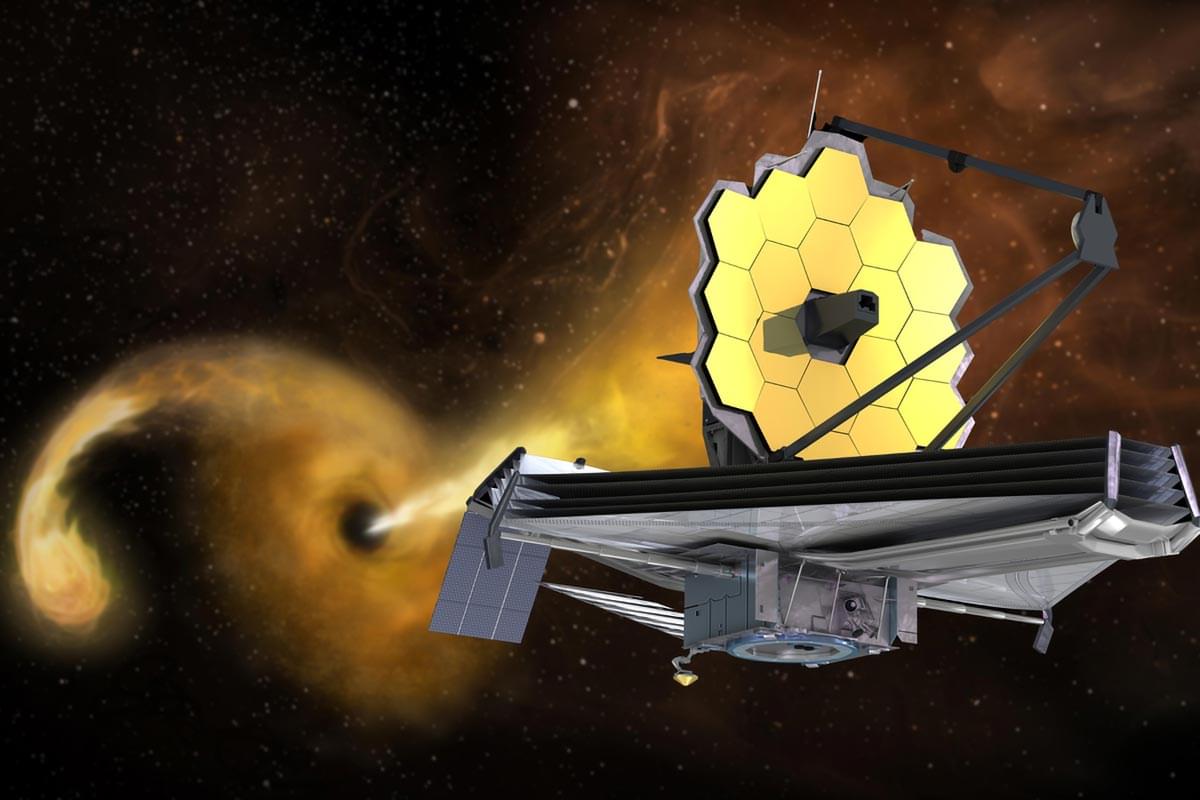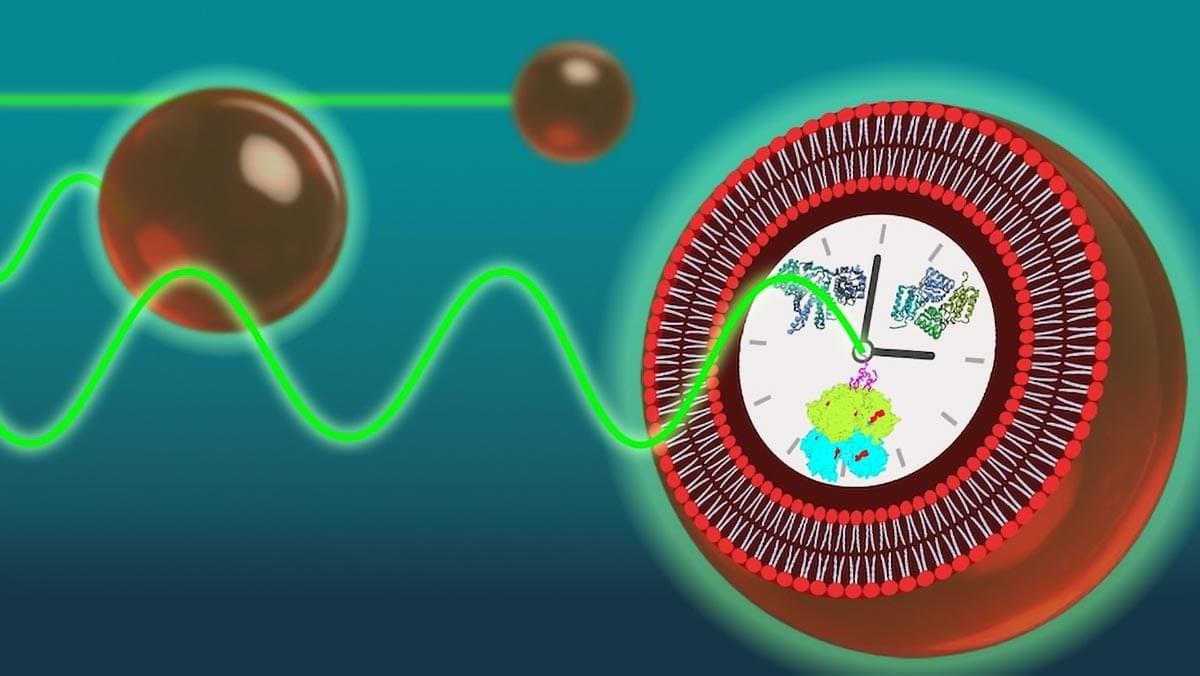UC Riverside researchers have unveiled a powerful new imaging technique that exposes how cutting-edge materials used in solar panels and light sensors convert light into electricity—offering a path to better, faster, and more efficient devices.
The breakthrough, published in the journal Science Advances, could lead to improvements in solar energy systems and optical communications technology. The study title is “Deciphering photocurrent mechanisms at the nanoscale in van der Waals interfaces for enhanced optoelectronic applications.”
The research team, led by associate professors Ming Liu and Ruoxue Yan of UCR’s Bourns College of Engineering, developed a three-dimensional imaging method that distinguishes between two fundamental processes by which light is transformed into electric current in quantum materials.
